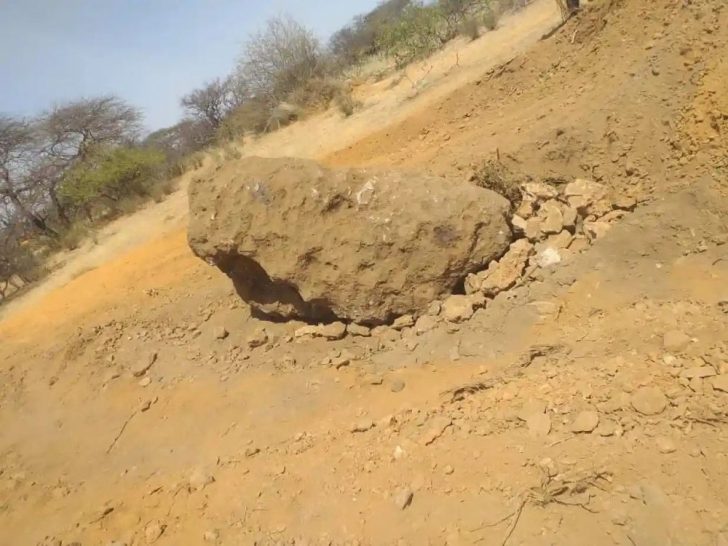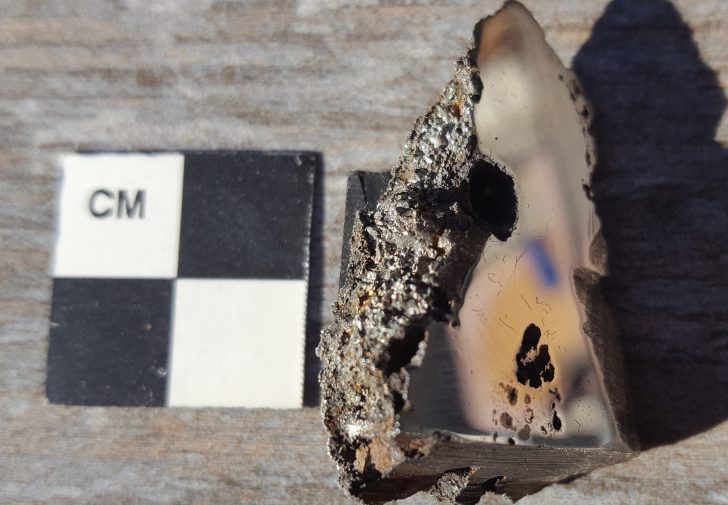Two novel minerals discovered by Canadian scientists have been found encased in a 4.5 billion-year-old meteorite. These minerals are completely new to us and have never been studied before. The icing on the cake? There is a possibility of a third undiscovered mineral, too.
Somali camel herders claim they have known about the meteorite for decades and have given it the moniker Nightfall in songs and ballads. However, it was only found in the country in 2020, is the ninth biggest meteorite ever found, and is nearly 2 meters broad.

Mohamed/Pexels | Who better than locals to learn the true realities
There are many different types of minerals, which are solid substances or elements having systematic internal construction. More than 5,000 minerals have been found on Earth so far, including quartz, diamond, and calcite. Additionally, a few unusual minerals have also been found on the moon.
Because it was found near the city of El Ali in the Hiiraan area, Western researchers named the celestial rock El Ali. The University of Alberta's meteorite collection received a 70-gram chunk of the metal meteorite for grading purposes.
The Discovery
According to Dr. Chris Herd, the collection's curator, and a faculty member in the department of earth and atmospheric sciences, he discovered strange substances when identifying the rock. Herd was attempting to categorize the meteorite by examining a 70-gram chunk of El Ali when he noticed the presence of completely unknown minerals.

Global Resources | The position in which the meteorite was found
He gave the substance to Andrew Locock, director of the Electron Microprobe Laboratory of the University of Alberta, who'd been able to assess the new discoveries’ chemical makeup to those of synthetically produced substances that had never been seen in nature.
The researchers anticipate that if more of the massive space rock is investigated, they may find even more novel substances. They have already detected evidence of a third novel mineral in their findings.
Its Relevance
Material researchers are often intrigued by newly discovered materials because of their possible use in a variety of societal contexts.
Even just your phone probably includes up to 30 distinct minerals. Thus, the identification of elkinstantonite and elaliite may wind up benefiting humanity more than just rewriting geology textbooks.
Minerals are created by geological processes. For example, calcite is created when calcium-rich water vaporizes, diamonds are created when carbon atoms are heated and compressed beneath the Earth's surface, and quartz is created when magma crystallizes as it cools.

Nick Gessler/Duke University | Due to the possible applications of this finding in many societal items, material researchers are intrigued
Therefore, the finding of new minerals has greater consequences for our comprehension of the geology of the cosmos.
Every time a new mineral is discovered, it indicates that the rock's chemistry and real geological circumstances were distinct from those of previously discovered minerals. This is what makes it exciting: This specific meteorite has two newly discovered substances that have been formally characterized by science.








